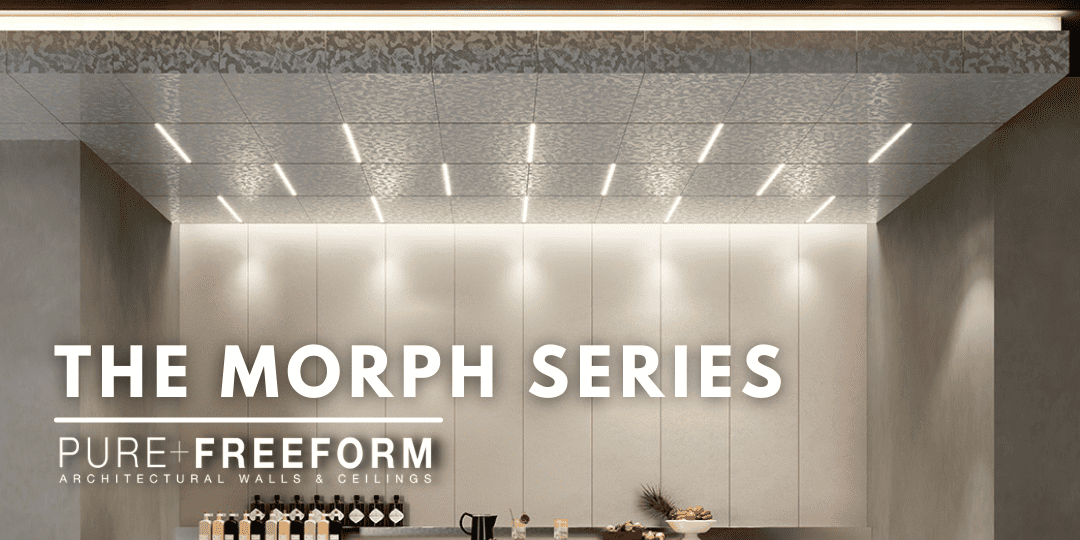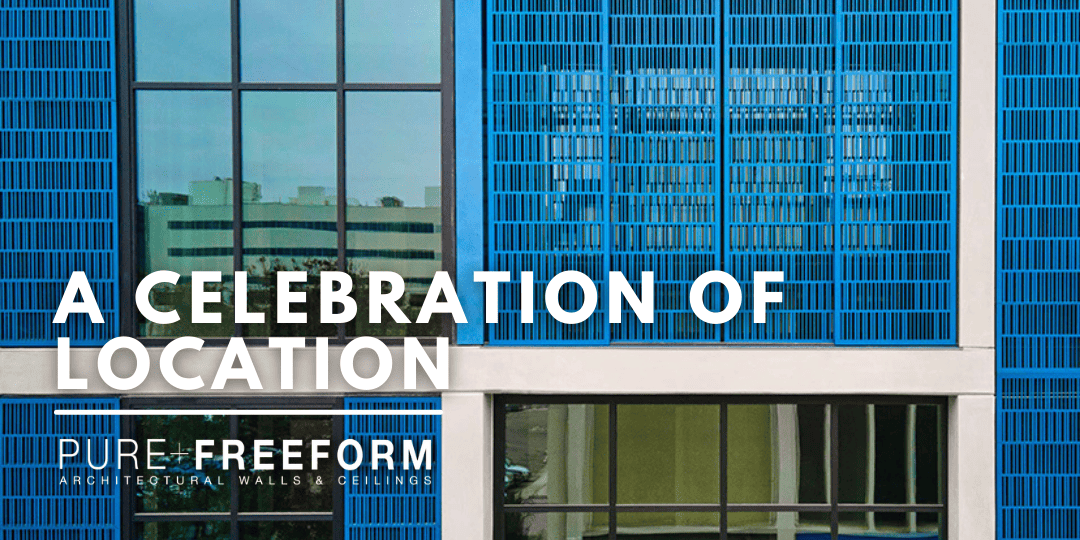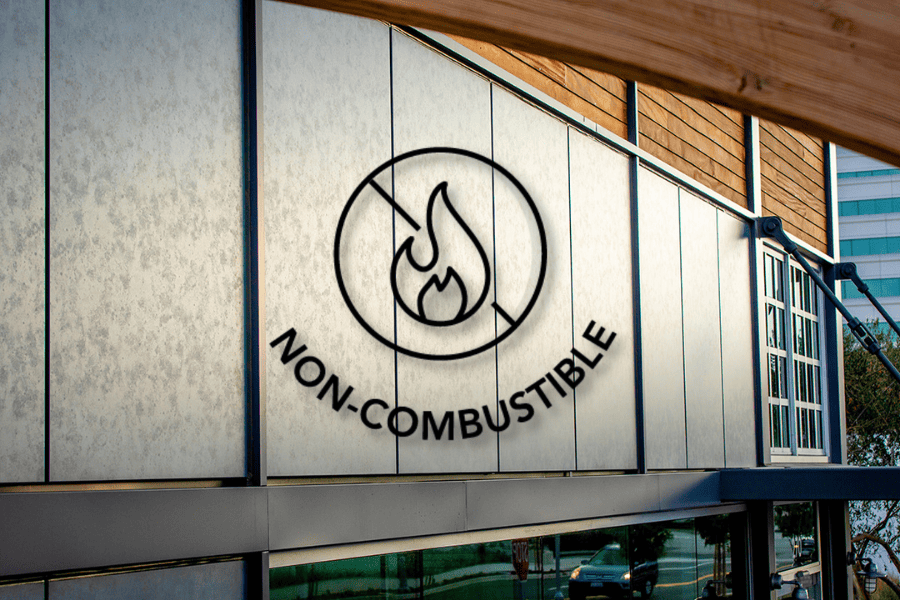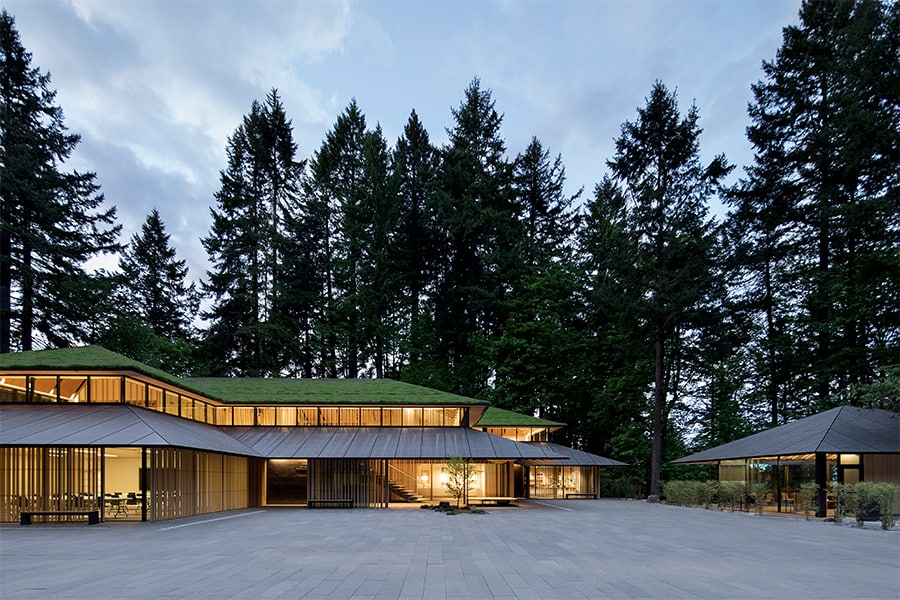
Fire Prevention in Design with ASTM E84
Building fires have marked some of the most tragic events in world history. From the long-ago street fires in Chicago to a more recent example at Grenfell Tower in London, fire continues to shape the ways we build and thus, the ways we design. And while not all fires are totally preventable, there are considerations in material selection that can mitigate risks for both building owners and inhabitants.
One such standard is the ASTM E84 – “Standard Test Method for Surface Burning Characteristics of Building Materials”, which is used to measure the surface burning characteristics of building materials by determining a flame spread index (FSI) and a smoke developed index (SDI). The material is put into a chamber that is 2-feet wide by 24-feet long, faced down towards the ignition source, and observed. In layman’s terms, you set it on fire and watch it burn.
The measurements for flame developed index (FDI) and smoke developed index (SDI) are used as construction industry benchmarks for materials in a myriad of regulations and building codes, impacting which materials can be specified in certain regions or in certain project types. These measurements will together determine the material class as A, B, or C. The table (right) shows the ranges for each class.
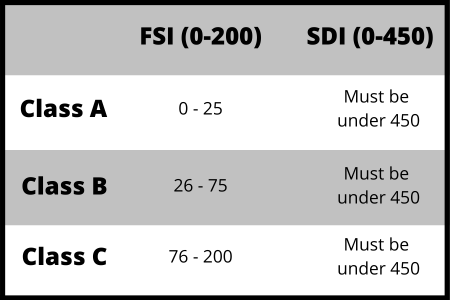
Substituting Wood
Opting for aluminum woodgrain that matches the counter base keeps the design consistent, but eliminates the usage of combustible materials.
Hover for description.
These tests and their subsequent ratings, generally, offer the architectural community insight into the flammability and smoke producing capabilities of materials that exist in our homes, offices, and places of enjoyment to ensure safety for all. However, it is worthwhile to note that the tests cannot wholly determine alone the reaction of materials when placed next to fully combustible walls or ceilings. This signifies the importance of identifying these ratings across a variety of materials and surfaces during the specification process to ensure safety in design.
Aluminum is a sustainable and safe choice for architectural applications because it is non-combustible. It is important to note that all metals have a melting point at which the material will begin to lose form, but will ultimately have little impact on surrounding materials unlike combustible materials.
Pure + FreeForm materials have been ASTM E84 tested covering various specs used in both architectural and interior applications to ensure compliance to the latest building codes. We recently updated this testing in 2020 and are happy to share our results (right).
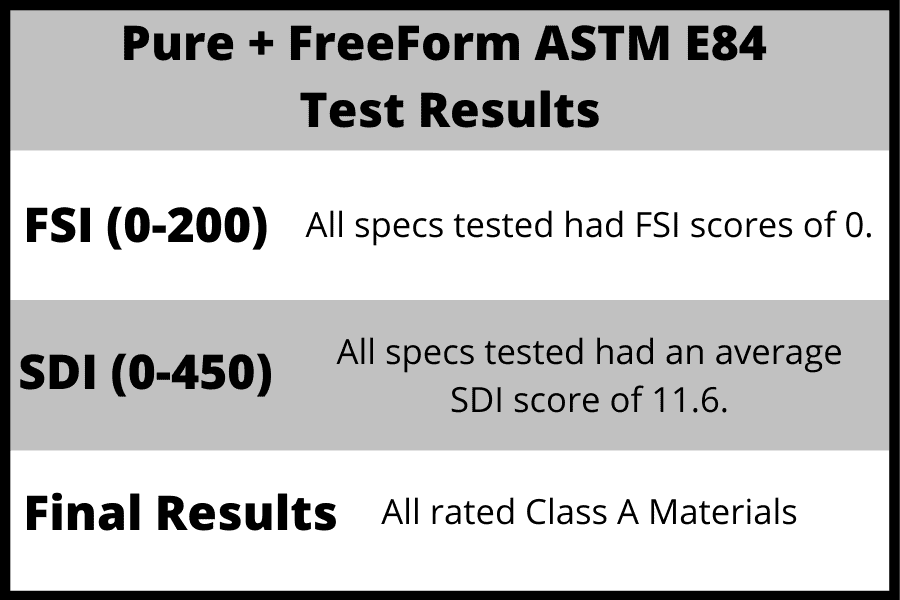
You can find these test results and more technical documentation by visiting our Product Facts or Sustainability pages.




